This post explains, in plain language, why pan-cancer (comprehensive) analyses and atlas databases matter in oncology, and how the concept of microbial signatures fits into that bigger picture. As a short preface to the series, we also touch on two recent large-scale re-analyses—one re-evaluating TCGA whole-genome data and another from Genomics England—that refined what microbial signals are truly robust. Part 2 will go deeper for expert readers.
Why “pan-cancer” analysis and atlas databases are essential
Cancer is not a single disease but a highly heterogeneous family of diseases. To understand it, we need to align multiple layers—genome, epigenome, transcriptome, proteome, metabolism, immunity, and even microbiome. Atlas databases such as TCGA, ICGC, and PCAWG provide a shared map by collecting large numbers of samples under harmonized protocols. That shared map enables:
- Reproducibility: Standardized measurement and quality control (QC) make independent replication more likely.
- Comparability across cohorts: Cross-tumor, multi-center, and multi-year comparisons reveal what is common versus truly distinct.
- Discovery of rare events: Larger sample sizes allow detection of low-frequency variants and patterns.
- Translational utility: Findings can more readily inform diagnosis, prognosis, patient stratification, and drug target discovery.
What is a “microbial signature” in cancer?
Sequencing of tumor tissue or blood sometimes captures trace amounts of microbial DNA/RNA—from bacteria, viruses, and fungi. When a consistent pattern appears that distinguishes one condition from another, we call it a signature. If robust, microbial signatures could support non-invasive diagnostics, treatment selection, prognostic stratification, and mechanistic hypotheses for new therapies.
However, microbial analyses face a big challenge: they are frequently a low-biomass problem. That means they can be highly sensitive to contamination (e.g., reagent or environmental DNA), misclassification, and batch effects (differences across centers, dates, or processing steps such as FFPE or PCR). Without rigorous QC, one can easily mistake noise for a signature.
The historical arc—and why course-correction was needed
Early reports suggested wide, tumor-type-specific microbial signatures across many cancers. Later scrutiny identified issues such as reference database errors and insufficient batch handling, prompting a re-evaluation. The key lesson: treat low-biomass data with extreme QC discipline and demand cross-cohort reproducibility before drawing conclusions.
Recent re-analyses—one revisiting TCGA whole-genome sequencing and another leveraging a large Genomics England WGS cohort—applied stringent contamination control and multi-cohort validation. Their convergent conclusion is pragmatic: truly robust microbial signatures are limited rather than ubiquitous. Notably, colorectal cancer (and, in a different sense, HPV-related head & neck cancers) stands out as an area where signals are more consistently reproduced.
Three takeaways for new readers
- Atlases are shared maps: Harmonized, QC-ed large datasets let the field speak a common language.
- Microbial signatures are not universal: Low-biomass data demand strict contamination control and careful interpretation.
- Focus is sharpening on “where it works”: Colorectal cancer discrimination, HPV detection in head & neck, and selected virus findings (e.g., HPV/HTLV-1) show translational promise.
How comprehensive analysis delivers value to clinic and industry
- Diagnostics: Complement existing tests with non-invasive biomarkers (e.g., stool, saliva, plasma) where added value is proven.
- Treatment selection: Use host–microbe interactions to refine response prediction in defined niches.
- Quality and safety: Standard QC protocols for multi-center studies to monitor contamination and batch drift.
- Drug discovery: Reveal microbe–tumor–immune crosstalk within the tumor microenvironment (TME) as hypothesis fuel.
Heads-up on the new update behind this series
This series pivots on two recent large-scale efforts: a TCGA WGS re-analysis and a Genomics England WGS analysis. Both emphasize (1) rigorous contamination control and QC, (2) cross-cohort reproducibility, and (3) the finding that robust microbial signatures are relatively restricted—with colorectal cancer and HPV-related contexts emerging as practical opportunities.
In Part 2 we’ll discuss how experts can put these updates to work—covering QC design, statistical modeling, deployment pathways, and a roadmap for improving atlas databases.
Coming next (see Part 2)
We will outline QC for low-biomass data, anti-leak modeling practices, multi-cohort validation, and near-term use-cases where microbial signatures add real value.
This article was edited by the Morningglorysciences team.
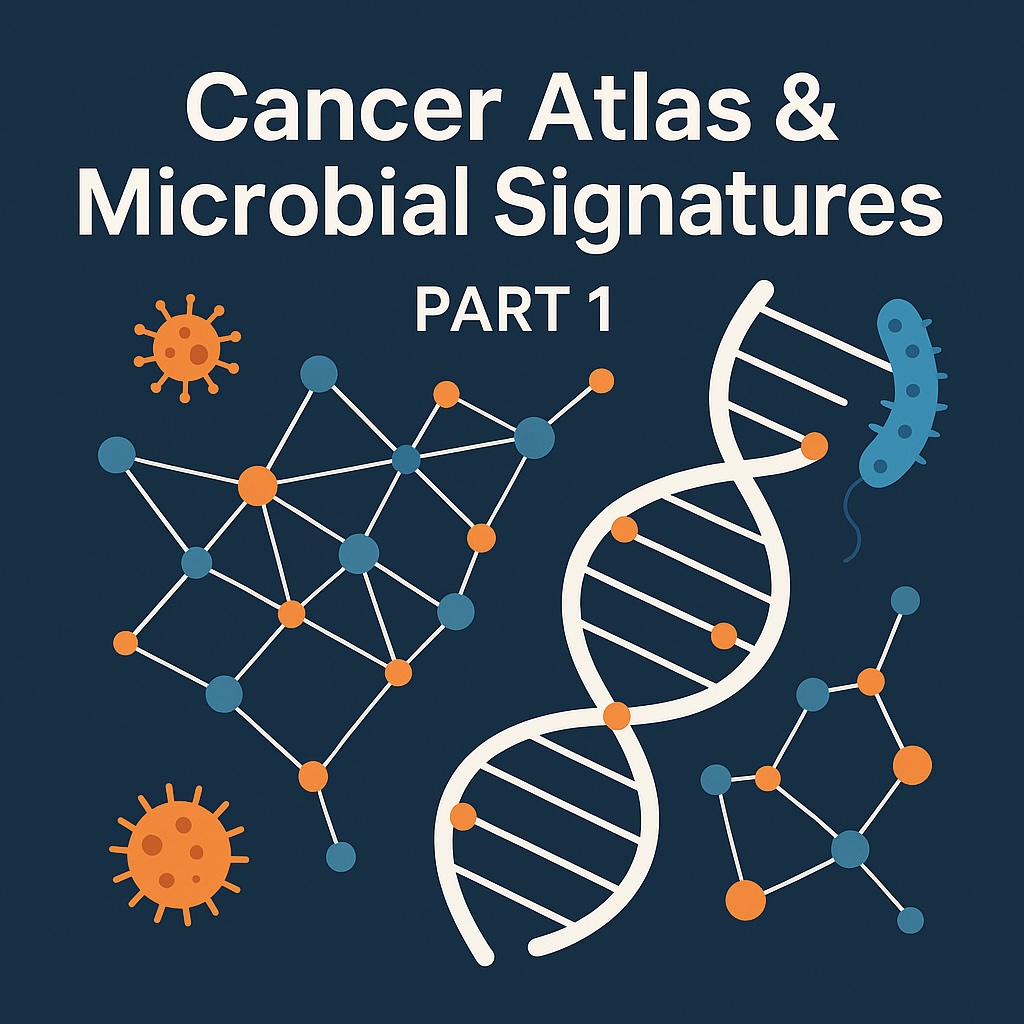
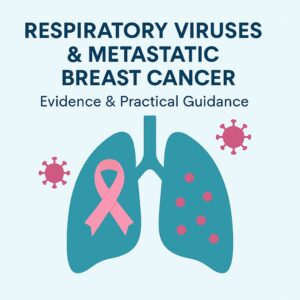



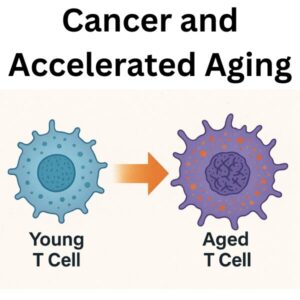
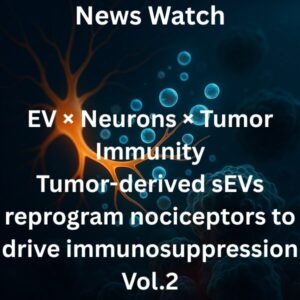
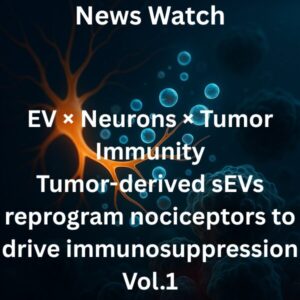
Comments